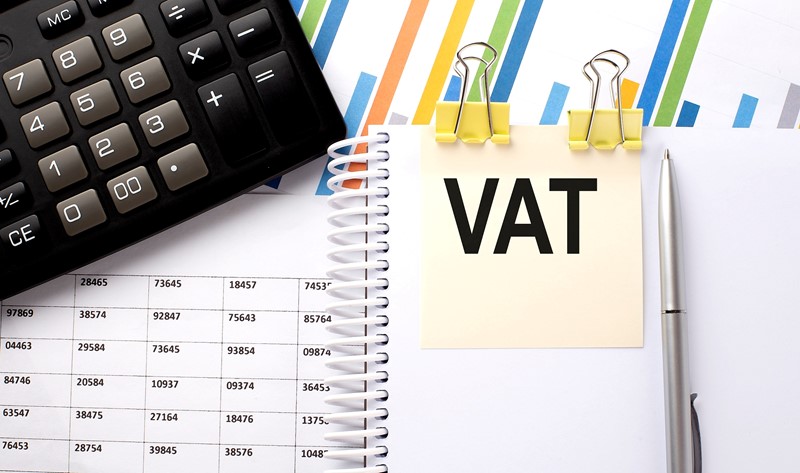The VAT Domestic Reverse Charge mechanism was introduced in the UK to combat sophisticated fraud in the tax system. By shifting the responsibility for VAT reporting and payment from the supplier to the customer for certain goods and services, this mechanism aims to enhance transparency and accountability in VAT transactions. Understanding the nuances of the VAT Domestic Reverse Charge is crucial for businesses and individuals dealing with specified goods and services, especially in the context of effective accounting practices.
What is the VAT Domestic Reverse Charge?
The VAT Domestic Reverse Charge (DRC) is a regulatory framework that requires the customer—rather than the supplier—to account for VAT on specific transactions. This shift targets specific categories of goods and services that are susceptible to fraud, including mobile phones, computer chips, wholesale gas, wholesale electricity, and construction services. The intention behind the DRC is to minimise the opportunity for fraudsters to exploit the VAT system.
Goods and Services Under the Domestic Reverse Charge
The DRC applies primarily to:
- Mobile Phones: Transactions involving mobile phones have been particularly targeted due to the high risk of fraud related to their resale.
- Computer Chips: Similar to mobile phones, computer chips are often traded in large volumes, making them an attractive target for tax fraud.
- Wholesale Gas and Electricity: The energy sector is another area where VAT fraud can significantly impact the market, hence the DRC’s application.
- Construction Services: The construction sector has seen considerable instances of VAT fraud, prompting the inclusion of construction services under the DRC.
It’s important to note, however, that exceptions may apply within each of these categories. Therefore, businesses must assess the specific nature of their transactions carefully to determine whether the reverse charge applies.
How Does the Domestic Reverse Charge Work?
Under the VAT Domestic Reverse Charge mechanism, the responsibility to report and pay VAT shifts to the customer receiving the goods or services. While this may seem straightforward, there are compliance obligations that come into play:
- Identification of Transactions: Businesses need to identify whether a transaction involves goods or services covered by the DRC.
- VAT Accounting: The customer must account for the VAT on their VAT return. This means they will declare both the output and input tax on their returns, typically resulting in no net VAT to pay (assuming the customer is VAT registered).
- Communication: Suppliers must inform customers when the DRC applies, usually by way of clear invoicing stating “VAT Reverse Charge Applies.”
Changes to Reporting Requirements
As of July 2022, there have been changes regarding the reporting of sales of mobile phones and computer chips on the reverse charge sales list. Businesses registered or liable for VAT no longer need to report these specific sales separately. Despite this simplification, it doesn’t negate the requirement for businesses to apply the VAT Domestic Reverse Charge procedure when applicable.
It is crucial for businesses to keep in mind that the obligation to comply with the DRC remains unchanged, ensuring that VAT is accurately accounted for. Failure to comply can result in significant penalties and fines from HM Revenue and Customs (HMRC).
Updates and Guidance from HMRC
Recently, HMRC has updated its guidance regarding the VAT Domestic Reverse Charge, as outlined in VAT Notice 735. This update is significant as it now includes clarity on registration for businesses not VAT registered but purchasing specified goods and services. This serves to assist businesses in understanding their VAT obligations and encourages proper compliance.
By providing a specific link and additional information in the guidance, HMRC has taken steps to simplify the process for those navigating the complexities of VAT regulations. It is advisable for all businesses to stay informed of these updates to ensure compliance and avoid any unnecessary complications in VAT reporting.
The VAT Domestic Reverse Charge is a critical element in safeguarding the UK VAT system against fraud. By understanding which goods and services fall under this mechanism, and by keeping abreast of changes to reporting requirements and HMRC guidance, businesses can better navigate VAT compliance.
For detailed assistance, particularly if your business requires specialised accounting support, it may be beneficial to consult with professionals like Simply Accounts Accountant Chester, Accountant St Helens, Accountant Northwich, Accountant Congleton, Accountant Nantwich, who can provide tailored advice to ensure full compliance with VAT regulations. By taking proactive steps, businesses can mitigate risks and contribute positively to the integrity of the VAT system.


